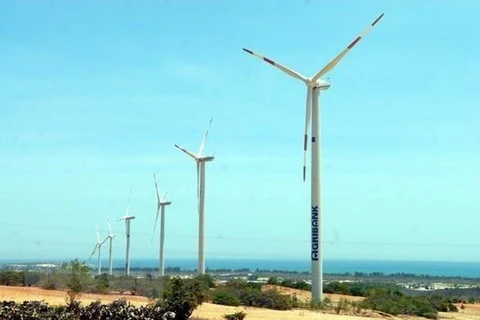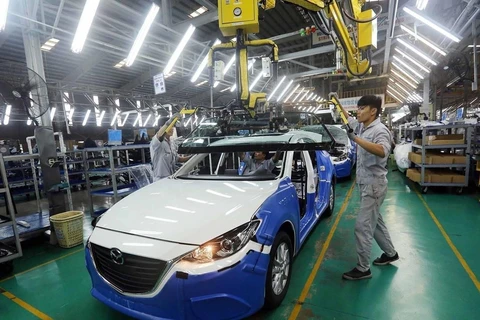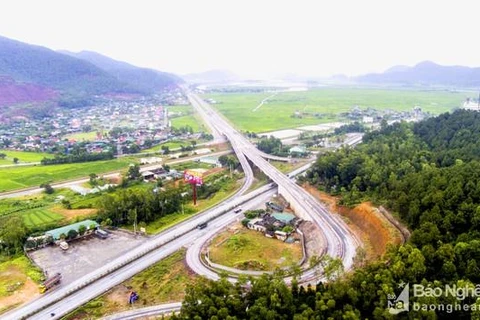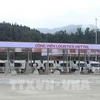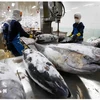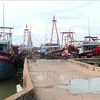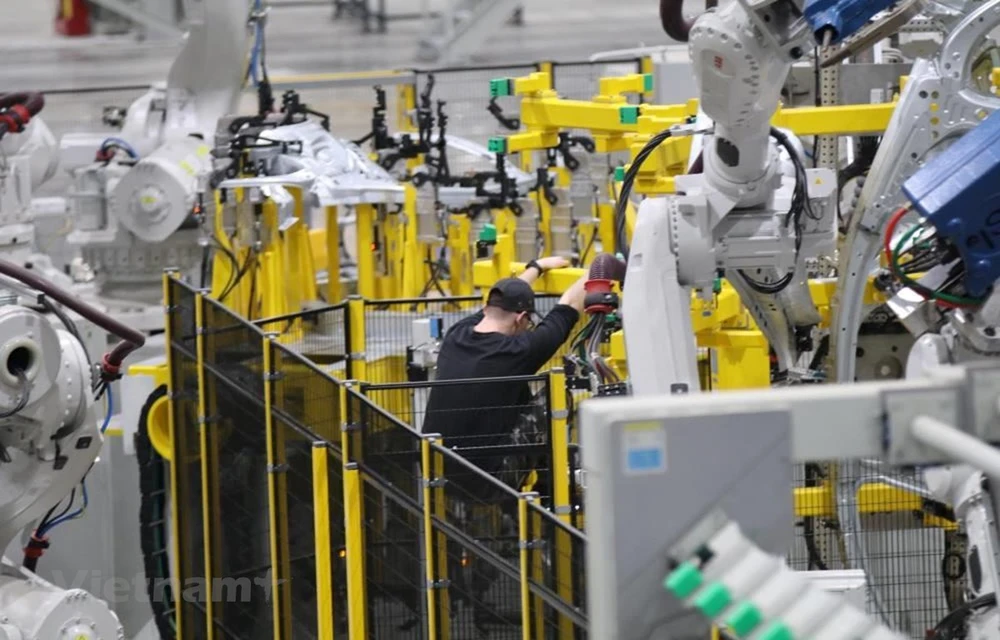
Hanoi (VNA) – The rate of the investment from the non-state sector is on a constant rising trend, from 38.5 percent in 2001 to over 43 percent in 2018, marking a nearly 5 percentage point in the total social investment.
A report by the Central Institute for Economic Management (CIEM) said the investment from the non-state (private) sector creates a driving force for the growth and recovery in the social investment in the 2011-2018 period, especially since 2014 when the Government started to vigorously implement institutional reforms and improvement of the business environment.
It can be said that Directive No. 1792/CT-TTg dated October 15, 2011, on strengthening the management of the investment sourced from the Staet budget and the Government bonds has started the process of restructuring the investment structure, with public investment being the focus, and later on – since the beginning of 2013 – the implementation of the comprehensive restructuring of the economy in association with the shift of the growth model.
According to the CIEM report, the social investment saw a sharp fall in 2012 and 2013, but it started to recover a year later and ever since remained in a constant rise, topping 33.5 percent in 2018.
With regard to the economic sectors, the investment from the State sector has been on a constant fall, from 13.5 percent in 2012 to only 1.43 percent last year, while that from the non-State sector skyrocketed from 6.23 percent to 13.9 percent in the period from 2011 to 2015. It is noteworthy that in 2017 and 2018, the growth rate of this sector amounted to 15 percent, nearly doubling that of the total social investment.
Besides, after falling in 2011 and 2012, the foreign direct investment (FDI) sector regained its growth momentum in 2013 and maintained an average growth rate of 10 percent in the period from 2013 to 2018. However, the FDI growth pace of last year fell down to about 7 percent, marking a decrease of over 5 percentage point compared to a year earlier.
As for the rate, investment from the private sector is on a constantly rising trend, from 38.5 percent in 2011 to over 43 percent last year, marking an increase of nearly 5 percentage point in the total social investment. Yet, the rate of the FDI is slightly falling, from over 39 percent in the 2011-2015 period to about 35.5 percent in the 2016-2018 period. Meanwhile, the rate of investment from the State sector is slightly rising, from 22.6 percent in the 2011-2015 period to about 28 percent in the 2016-2017 period.
A look at the structure of the allocation of the investment capital to the economic sectors shows that the rates do not experience any considerable change, with a quarter of the social investment capital is for the field of manufacturing and engineering, rising from 25 percent in the period from 2011 to 2015 to 28 percent in the period from 2016 to 2017.
The group of CIEM experts highlighted that the decrease in the investment flow to the mining sector is quite understandable, but the fall of investment in the fields of information and communication, finance and banking as well as insurance is attention-worthy as the sectors are playing the role of the representatives of the development trend of new technology, that of the Fourth Industrial Revolution./.




